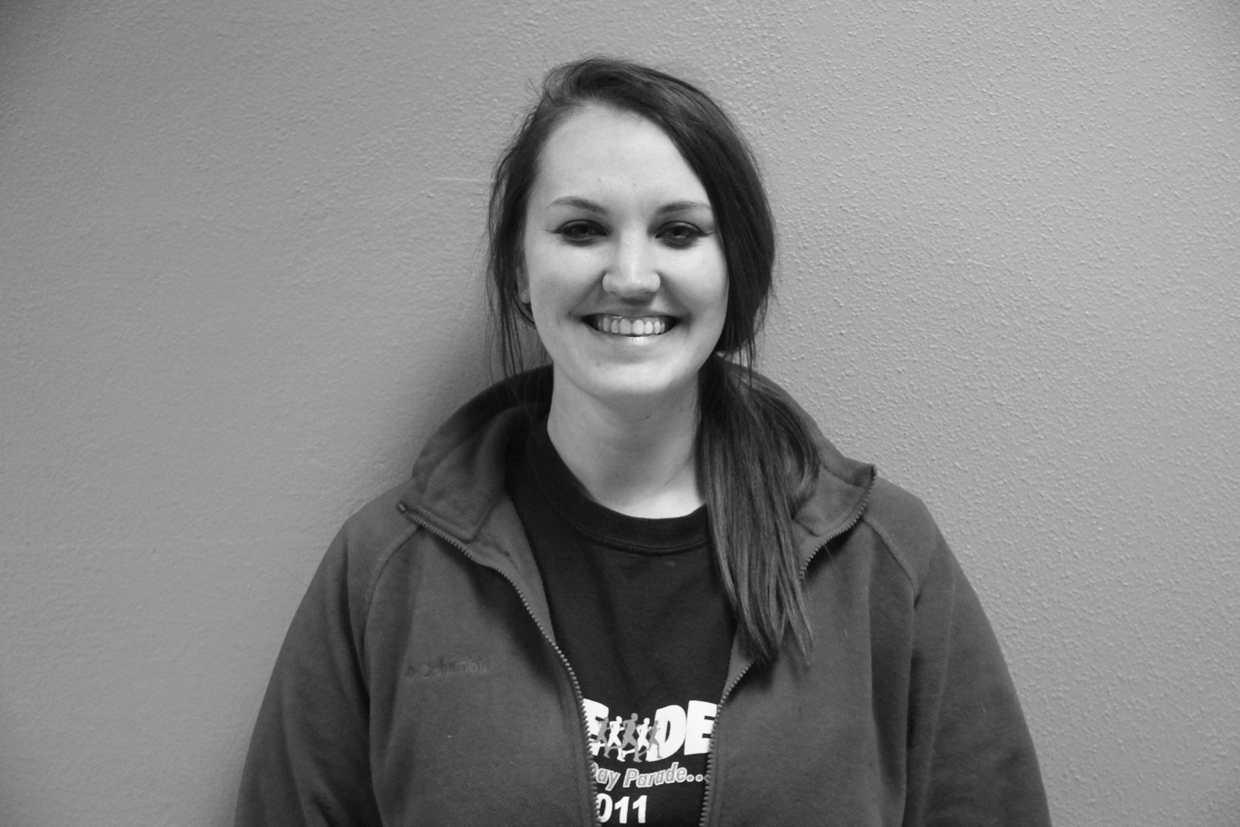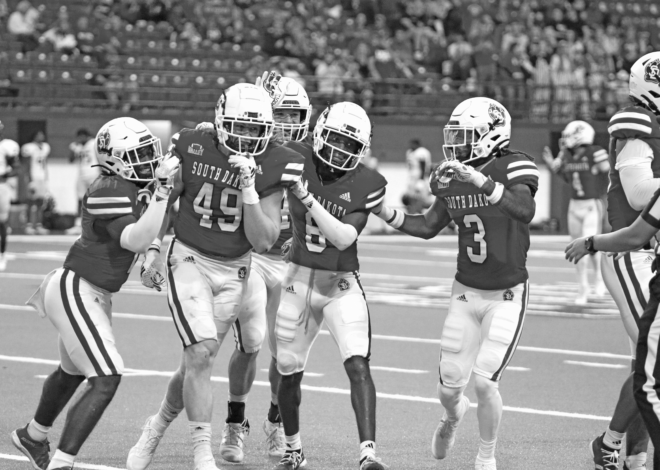
COLUMN: Reporter brings knowledge home from conference
This weekend I was given the best advice from a professional, highly known ESPN writer, Buster Olney. One of the main concepts I learned from the College Media Association’s Sports Reporting Conference was to not only be a good writer — that is a key element in being a reporter — but to also be able to talk to someone because that has a much greater effect.
The CMA held its first-ever Sports Reporting Conference Feb. 7-8 in Nashville. The conference was held at the John Siegenthaler Center at Vanderbilt University, a beautiful building, much like the Al Neuharth Media Center at the University of South Dakota.
When you walk into the building, the first thing you see is the First Amendment on the wall, and when you enter the various rooms there are newspaper examples all over just like at USD. The CMA board brought in different speakers from various news organizations around the U.S. such as ESPN, CNN and the New York Times.
The first, most prestigious speaker was Buster Olney. Olney writes for ESPN: The Magazine, ESPN.com and the New York Times. Olney writes a column every morning, and also has a blog he writes on as much as possible.
He draws out a list every morning of things he needs to do and what he is going to write about. He said the key to being a good reporter is to be well rounded. He said reporters must be able to write and write well.
The first thing he really emphasized was to get out and talk to people, talk to anybody and everybody. When going into an interview, go in as if you do not know anything — you are there to learn from them, to get a story.
Joe Gisondi, professor at Eastern Illinois University and author of “Field Guide to Covering Sports,” also talked to the group about game coverage. He encouraged reporters to take stats themselves and find trends, note key plays and look for observations. He used the example of when North Carolina won the NCAA men’s basketball tournament in 2009.
After the game was done, Gisondi didn’t watch the reporters or players. Instead, he observed head coach Roy Williams and noticed he just stared at the scoreboard and smiled.
More advice I found helpful is to not just give a play-by-play but to tell a story. Gisondi also told us the best perspectives come from the opponents.
Another keynote speaker was Lee Jenkins, feature writer for Sports Illustrated. This man can talk and teach in incredible ways. Pens couldn’t write fast enough to capture all the knowledge coming from him.
Another speaker was Kathy Kudravi of ESPN and CNN. She emphasized on interviews, that silence is golden and often leads to interesting stories.
One key point was to go into interviews aware that you are knowledgeable of your subject but act as if you know nothing. You are not there to ask questions; you are there to get a story from your subject, and when doing so, write every detail down. If something your subject says sparks interest in your head, ask it.
Follow reporter Kelsey Kroger on Twitter @kkroger34

